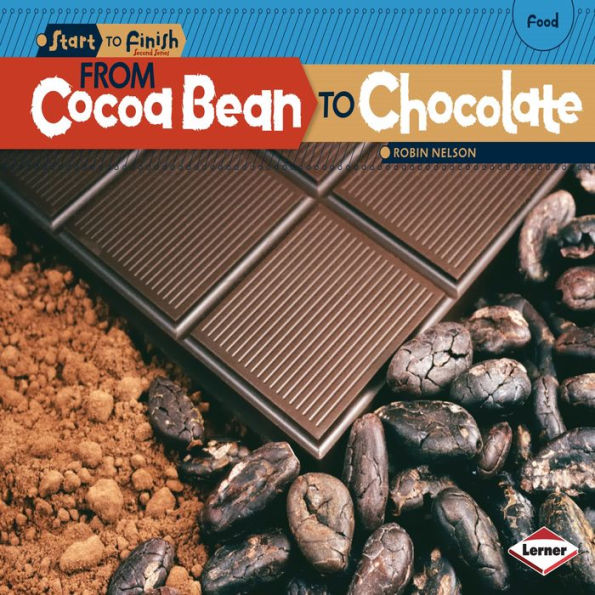"Children learn about the steps in the food-production cycle in these colorful titles. Chocolate explains how cocoa beans grow and are harvested, roasted, and made into chocolate. Peanut Butter describes the processes involved in harvesting, shelling, cooking, and crushing peanut plants to make peanut butter. In Milk, readers learn about what cows eat and how they are milked, and then how the milk is pasteurized for safe drinking. Ice Cream explains that milk is made into a mix with added flavorings to become ice cream. Each book contains a table of contents with the steps listed in the food production. Each spread is clearly organized by the introduction of a specific step and then followed by short sentences to provide additional explanations. A color photograph on the opposite page offers visual clues. Vocabulary words are in bold and are defined in a glossary at the end of each book. A perfect way for youngsters to get their first glimpse at how familiar foods are produced for consumption." --School Library Journal
How does a cocoa bean turn into tasty chocolate? Follow each step in the food production cycle¿from planting cocoa trees to eating a sweet treat¿in this fascinating book!
1103793496
From Cocoa Bean to Chocolate
How does a cocoa bean turn into tasty chocolate? Follow each step in the food production cycle¿from planting cocoa trees to eating a sweet treat¿in this fascinating book!
6.99
In Stock
5
1
6.99
In Stock

Editorial Reviews
Product Details
| BN ID: | 2940170163823 |
|---|---|
| Publisher: | Lerner Publishing Group |
| Publication date: | 08/01/2014 |
| Series: | Start to Finish, Second Series: Food |
| Edition description: | Unabridged |
| Age Range: | 5 - 8 Years |
Videos


From the B&N Reads Blog

